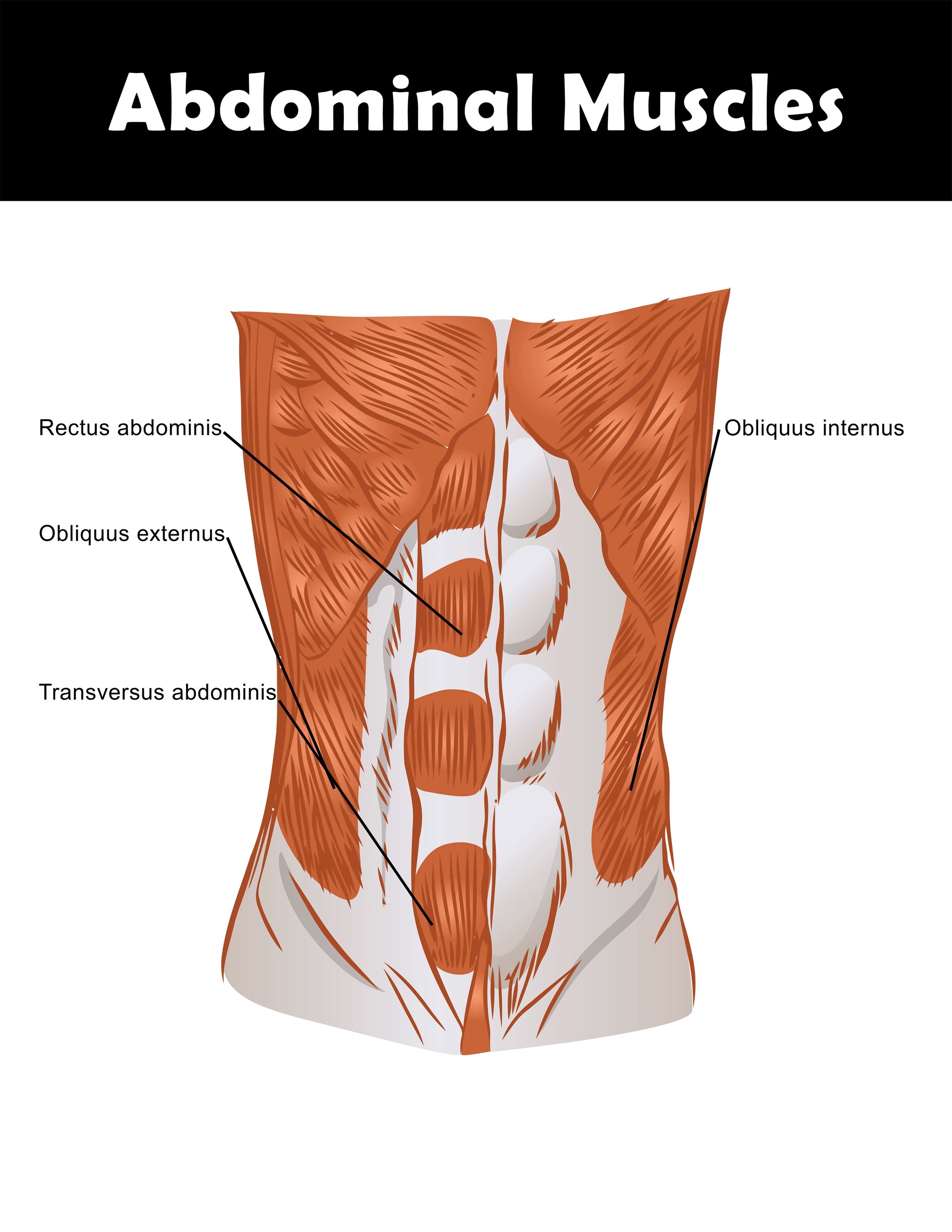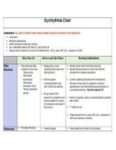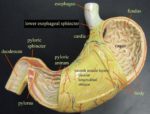abdominal muscles. These essential muscles play a crucial role in maintaining stability, supporting movement, and protecting vital organs. Without further ado, let’s explore the intricacies of these remarkable structures.
## Anatomy of Abdominal Muscles
1. Rectus Abdominis:
– The rectus abdominis is perhaps the most recognizable abdominal muscle. It extends vertically from the pubis to the fifth, sixth, and seventh ribs.
– A strong, tendinous sheath called the linea alba divides the rectus abdominis down the middle, creating the familiar “six-pack” appearance in well-conditioned individuals.
– Function: It flexes the spinal column, narrowing the space between the pelvis and the ribs. Additionally, it stabilizes the trunk during movements involving the extremities and head.
– Exercises: Hanging leg raises, stability ball crunches, and cable crunches primarily target the rectus abdominis.
2. External Obliques:
– The external oblique muscles form a pair on each side of the rectus abdominis.
– Muscle fibers run diagonally downward and inward from the lower ribs to the pelvis, creating a V-shaped pattern.
– Function: These muscles allow flexion of the spine, rotation of the torso, sideways bending, and compression of the abdomen.
– Exercises: Bicycle crunches and opposing leg-to-arm mountain climbers engage the external obliques.
3. Internal Obliques:
– Located just beneath the external obliques, the internal oblique muscles are at right angles to their external counterparts.
– They attach from the lower three ribs to the linea alba and from the inguinal ligament to the iliac crest and lower back.
– Function: Like the external obliques, they contribute to spinal flexion, sideways bending, trunk rotation, and abdominal compression.
– These muscles work in harmony with the external obliques to provide stability and movement.
4. Transversus Abdominis:
– The transversus abdominis lies deep within the abdominal wall.
– It runs horizontally and acts as a natural corset, providing stability to the spine and pelvis.
– Function: The transversus abdominis plays a crucial role in maintaining intra-abdominal pressure and supporting the lumbar spine.
– Exercises: Engage this muscle through exercises like the plank and drawing-in maneuvers.
5. Pyramidalis:
– The pyramidalis is a small, triangular muscle located just above the pubic bone.
– While less prominent, it contributes to abdominal stability.
– Function: Although its exact role remains somewhat mysterious, it likely assists in tensioning the linea alba and supporting the rectus abdominis.
## Importance of Strong Abdominals
1. Back Health:
– Strong abdominal muscles help prevent back pain by supporting the spine and maintaining proper posture.
– They play a crucial role in stabilizing the lumbar region during daily activities and exercise.
2. Core Stability:
– The abdominal muscles, along with other core muscles, provide stability during movements such as lifting, twisting, and bending.
– A stable core enhances athletic performance and reduces the risk of injury.
3. Aesthetic Benefits:
– Well-developed abdominal muscles contribute to a toned midsection, often referred to as the “core” or “abs.”
– However, remember that aesthetics alone should not be the sole motivation for training these muscles.
## Safe and Effective Abdominal Training
1. Variety:
– Incorporate a mix of exercises that target different abdominal muscles.
– Avoid overemphasizing one muscle group at the expense of others.
2. Proper Form:
– Maintain good form during abdominal exercises to prevent strain or injury.
– Focus on controlled movements rather than speed.
3. Breathing:
– Breathe naturally during abdominal exercises.
– Avoid holding your breath, as it can increase intra-abdominal pressure.
In summary, understanding the anatomy and function of abdominal muscles empowers you to train them effectively. Whether you’re aiming for a chiseled six-pack or simply seeking better core stability, these muscles play a vital role in your overall well-being. So, embrace the challenge, engage your abs, and enjoy the benefits of a strong and resilient core! ??????????
ou



